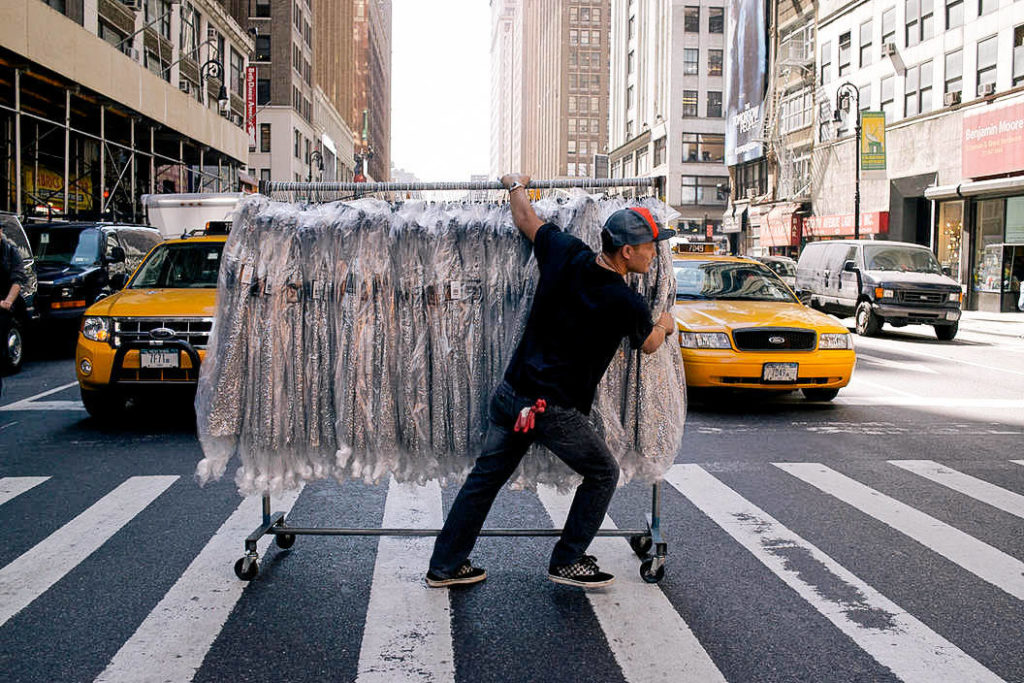Fashion Cities: Where Style Meets Urbanity, Fashion has always been more than just clothes; it’s a statement, a reflection of culture, and a powerful force shaping the identity of cities. As we traverse through the intricate tapestry of urban landscapes, it becomes evident that certain cities stand out as global hubs for fashion. From the iconic runways of Paris to the avant-garde styles emerging from Tokyo, fashion cities have become synonymous with innovation, creativity, and influence.
Evolution of Fashion Cities
In the annals of history, the emergence of fashion cities can be traced back to the interplay of cultural and economic factors. These cities didn’t just happen; they evolved as epicenters of style, attracting designers, artists, and fashion enthusiasts from around the world. London, Milan, and New York became pioneers in this evolution, setting the stage for a global fashion phenomenon.
The Iconic Fashion Capitals
When we think of fashion, certain cities immediately come to mind. Paris, with its timeless elegance; Milan, a bastion of luxury; and New York, a melting pot of diverse styles. Each of these fashion capitals contributes uniquely to the industry, from haute couture to streetwear, leaving an indelible mark on the global fashion map.
Urban Architecture and Fashion
The connection between a city’s architecture and its fashion scene is profound. The sweeping skylines of modern metropolises often mirror the dynamic and ever-changing nature of fashion. As architects push boundaries, fashion designers draw inspiration, creating a symbiotic relationship that transforms cityscapes into living canvases of style.
Influence of Fashion Events
Fashion weeks have become more than just annual events; they are pivotal in defining a city’s fashion identity. Paris Fashion Week, for instance, goes beyond showcasing collections; it solidifies the city’s status as a trendsetter. Similarly, cities like London and Berlin have used fashion events to reinvent themselves on the global stage.
Sustainable Fashion in Urban Settings
In recent years, sustainability has become a buzzword in the fashion industry, and cities are taking notice. From eco-friendly fashion shows to initiatives promoting ethical practices, urban centers are aligning with the growing demand for sustainable and responsible fashion.
Fashion Tourism
For many travelers, exploring a city’s fashion scene is as important as visiting historical landmarks. Cities like Tokyo and Seoul have become magnets for fashion tourists, offering a unique blend of traditional and cutting-edge styles. The economic impact of fashion tourism is substantial, contributing significantly to a city’s revenue.
Local Fashion Scenes
While major fashion capitals bask in the global spotlight, smaller cities are making their mark. Emerging designers and local boutiques are adding diversity to the fashion landscape, proving that style isn’t confined to a few mega-cities. Supporting local talent is essential for fostering a truly inclusive and dynamic fashion ecosystem.
Technological Advances in Fashion Cities
Technology is reshaping how we perceive and consume fashion. Smart textiles, virtual fashion shows, and augmented reality shopping experiences are becoming integral to the urban fashion experience. Cities like Shanghai and Dubai are at the forefront of incorporating technology into their fashion scenes, offering a glimpse into the future of style.
Fashion and Social Media
In the digital age, social media plays a pivotal role in amplifying a city’s fashion influence. Instagram, TikTok, and other platforms have become virtual runways, allowing cities to showcase their unique styles to a global audience. The power of a well-curated hashtag can turn a local trend into a global phenomenon.
Challenges Faced by Fashion Cities
However, the path to fashion glory is not without obstacles. Gentrification, skyrocketing rents, and the displacement of local communities are common challenges faced by fashion-centric cities. Balancing the demands of a thriving fashion industry with the need for social responsibility remains a delicate dance for urban planners.
The Globalization of Fashion
As fashion transcends borders, cities are no longer confined to regional styles. Globalization has led to a beautiful fusion of diverse influences, creating a rich tapestry of fashion expressions. While Parisian chic and New York cool remain iconic, they now coexist with emerging styles from cities like Seoul, Lagos, and Mumbai.
The Future of Fashion Cities
The future of fashion cities is an exciting canvas waiting to be painted. Technology will continue to redefine how we experience and interact with fashion. Sustainability will not be a choice but a necessity, shaping the industry’s ethical landscape. As cities embrace these changes, we can expect a more inclusive, innovative, and globally connected fashion universe.
Conclusion
In the dynamic world of fashion cities, the only constant is change. From the evolution of iconic fashion capitals to the rise of sustainable and tech-infused styles, these urban centers continue to captivate and inspire. As we navigate the future, it’s clear that the synergy between cities and fashion will remain a powerful force, influencing how we perceive and express our identities through style.
FAQs
Is fashion tourism a significant contributor to a city’s economy?
Absolutely. Fashion tourism brings in revenue through shopping, accommodation, and related activities, contributing significantly to a city’s economic growth.
How are smaller cities making a mark in the global fashion scene?
Smaller cities are embracing local talent and fostering unique styles, proving that innovation and creativity in fashion aren’t exclusive to major fashion capitals.
What role does technology play in shaping the future of fashion cities?
Technology is revolutionizing how we experience fashion, from virtual fashion shows to smart textiles. Cities that integrate technology seamlessly are poised for a fashion-forward future.
How can cities balance the demands of a thriving fashion industry with social responsibility?
It’s a delicate balance that requires thoughtful urban planning, community engagement, and initiatives to address issues like gentrification and displacement.
Is sustainable fashion just a trend, or is it here to stay?
Sustainable fashion is not a passing trend; it’s a fundamental shift in the industry toward responsible and ethical practices. It’s likely to become even more prevalent in the future.
